Quick Links
Creating artifacts in Dungeons & Dragons allows Dungeon Masters and players to add unique and powerful magical items to their campaigns, each with its own rich history and legendary abilities. Artifacts are more than just items; they can shape the story and influence the world around them.
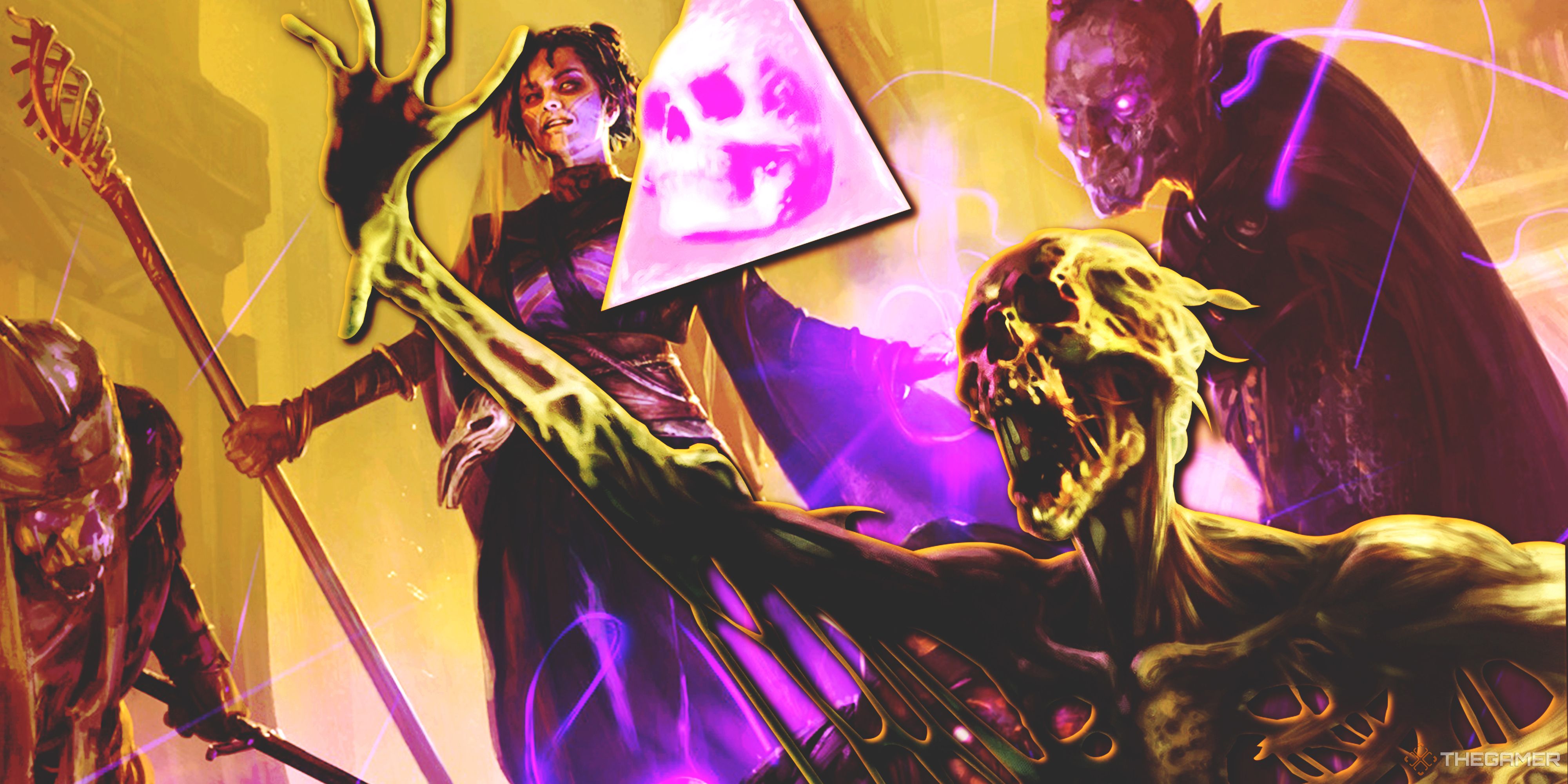
Related
Dungeons & Dragons: How To Build A School Of Necromancy Wizard
Learn to love your army of skeletons as this powerful necromantic wizard.
There are several steps to designing artifacts, from choosing their magical properties to developing compelling lore that integrates seamlessly into your campaign. Whether you’re looking to create a weapon of immense power or a relic shrouded in mystery, this guide will inspire your next legendary creation.
What Is An Artifact?
An artifact is a magical object of the utmost power, coveted by both mortals and godlike creatures. They aren’t treasure to be found, instead they work as narrative devices that push your story forward, either to find a holy sword to end all evil, or to destroy a dark ring bent on world domination.
The many artifacts in existence vary widely in complexity, but they share three common traits: they are one of a kind, require attunement to unlock their powers, and can only be destroyed by highly specific means. This can range from being struck by a plus three weapon to tossing it into the Negative Plane.
Creating An Artifact
Making an artifact for your campaign has no need to be too complicated, depending on the role you want the artifact to have. Low level players shouldn’t even be near artifacts, unless they can’t gain anything from them, and high level players should be limited to only one artifact per character.
Role Of The Artifact
Before deciding what type of artifact you want to create, you should decide what it will be used for in your story. The most common roles for artifacts are either as tools to be used, temptations to overcome, or heavy burdens that require transportation.
Artifacts that work as tools tend to be good aligned, and they are the greatest weapons to fight the final boss of the campaign. Most of the party’s adventures might have been spent searching for this item, meaning that you want a complex artifact that gives all sorts of benefits.
If you want the players to overcome the temptation of wielding an evil artifact, then you want said artifact to be sentient. This not only allows it to lure characters with empty promises of power, it can also try to enchant their minds with magic to directly force them to do its bidding.
Finally, if the artifact is only meant to be a volatile object that the party transports, then you just need a simple artifact. Often evil, these artifacts have a loosely described negative effect when used, but the quest for how to destroy their vile darkness is clear.
Making Simple Artifacts
Artifacts aren’t meant to be simple, but their role in your story can be. When a group of adventurers finds a cursed artifact, they won’t want to use it, but they might want to destroy it, that desire becoming the core driving force of the adventure.
If you want to create an artifact like this, you just need a name and a way to destroy it. It is best if it doesn’t have any effects when worn, maybe because it only works on fiends, for example, so you don’t have to make several elaborate rules around the item.
If you need help thinking about how to destroy an artifact, the two most used ways are taking it to its opposite plane (evil to good, order to chaos) or disassembling it where it was created.
A great example of such an item is the Horns of the Beast, an artifact from the 2024 Dungeon Master’s Guide. It is present in the level five adventure example, and players can’t use the item, since the only point of obtaining it is to embark on a quest to destroy it.
Making Complex Artifacts
The only general rule when making an artifact from scratch is that, if it can be wielded as a weapon, it has a plus three enchantment. Beyond that, artifacts can do all sorts of things depending on the lore they are based on and the role they have in your tale.
The best way to know what properties your artifact bestows upon someone is to know its story. The Axe of the Dwarvish Lords, for example, grants proficiency with several tools (among many other things), something most players might never use, but it fits with the story that artifact is trying to tell.
If your artifact allows players to cast spells, they should rarely be able to be cast in that way more than once per day. Some evil artifacts allow for multiple uses of certain spells, but that is often due to all the negative effects already linked to the artifact in question.
Sentient Artifacts
Not all artifacts are sentient, but the most fun ones are. These artifacts can be tools of kindness that offer cooperation, or tyrants that wish to bend the will of their wielders. To make any kind of sentient item, the 2024 Dungeon Master’s Guide offers simple guidelines to make a fully realized one.
- Define Ability Scores: roll 4D6 for each mental Ability Score, drop the lowest result and add the rest. These are important when the wielder and the artifact try to outwit each other.
- Define alignment: It is ideal for artifacts to not be neutral, since that makes them easier to roleplay.
- Decide how it communicates: artifacts can project subtle feelings, have a telepathic link to their user, or just straight up talk.
- Decide its senses: a sentient item should be aware of its surroundings, even if it doesn’t plan to aid the party in any way. Here you decide if it can see or hear, and how far out.
- Define its purpose: this is the main source of conflict for the artifact. If an artifact doesn’t have a purpose or quest to fulfill, you might as well not give it sentience at all.
Customizing Existing Artifacts
Other than changing core aspects as you see fit, a built-in way of customizing artifacts in the 2024 Dungeon Master’s Guide is via beneficial and detrimental properties.
All artifacts in the Treasure chapter of the book have a series of random effects, chosen from the properties table found in that very chapter.
An artifact can only have up to four minor beneficial properties. You can roll on the table in the book to help determine these.
If the artifact already gives the user access to several spells, we recommend picking options that don’t give spells, since that will help everyone in the long run.
For major beneficial properties, an artifact can only have up to two. It is rare for an item to give more than one major beneficial property without also giving a major negative one, unless the item in question is of the utmost purity, like the Book of Exalted Deeds.
For detrimental properties, an artifact can only have four minor ones, but they are often more of a nuisance than a real danger.
If you are making a simple artifact, giving it two detrimental properties can convey its cursed nature very easily, while still being an interesting item to have around.
Finally, an artifact can only have two major detrimental properties, and they are all brutal. Even some good aligned artifacts have major detrimental properties, adding terrible dangers to anyone attempting to seize their power.
Beyond these properties, you can also just turn an existing artifact into your own thing, changing the resistances and immunities it gives until it becomes essentially a different item.
You could have the Wand of Orcus themed around summoning celestials, rename it to the Wand of Hilarion, and players might not even notice it used to be an evil item to begin with.

Next
Dungeons & Dragons: All Main Stats, Explained
Knowing about the six ability scores in D&D is one of the most important aspects of creating your character. Learn about them here.
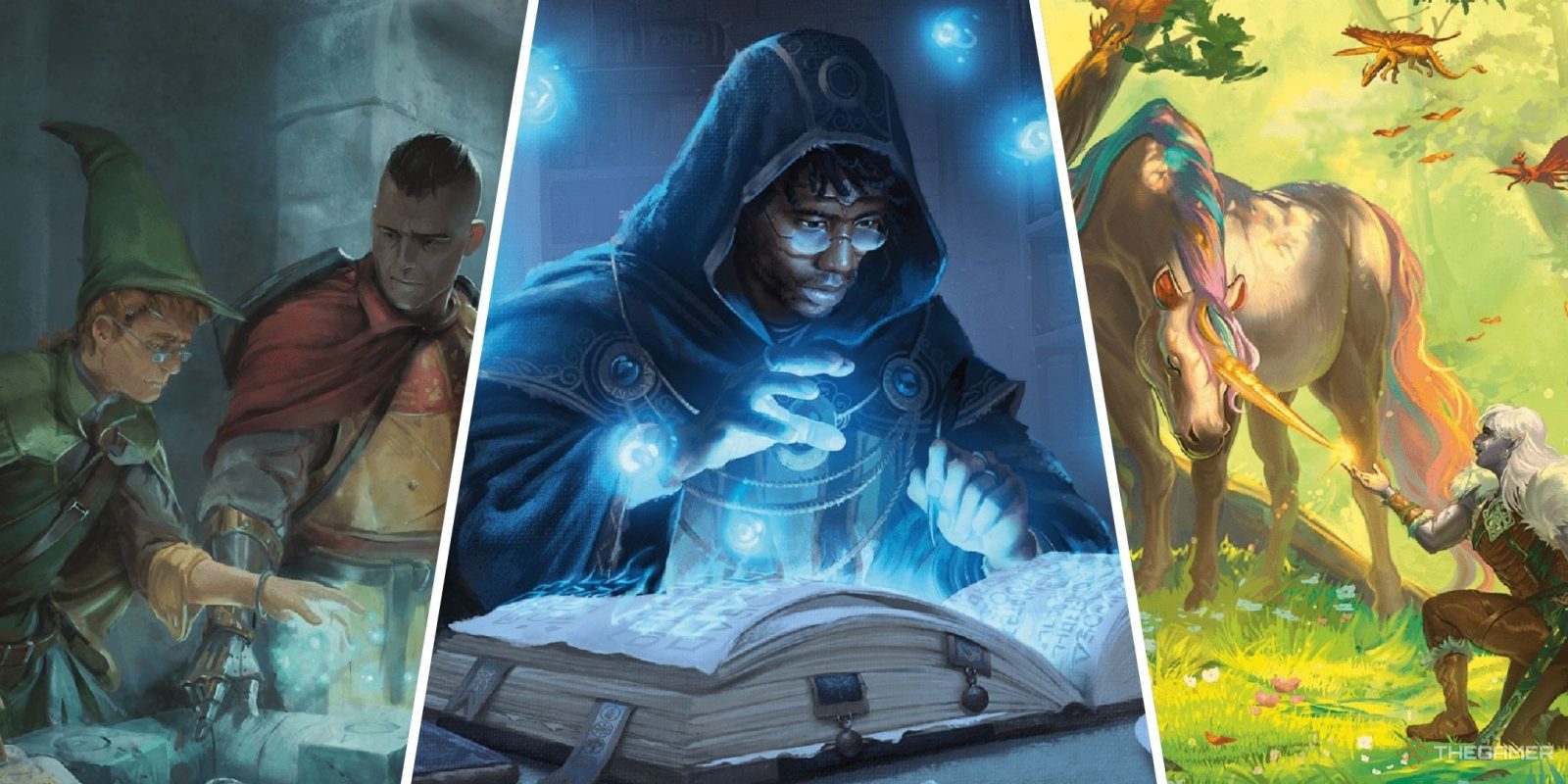

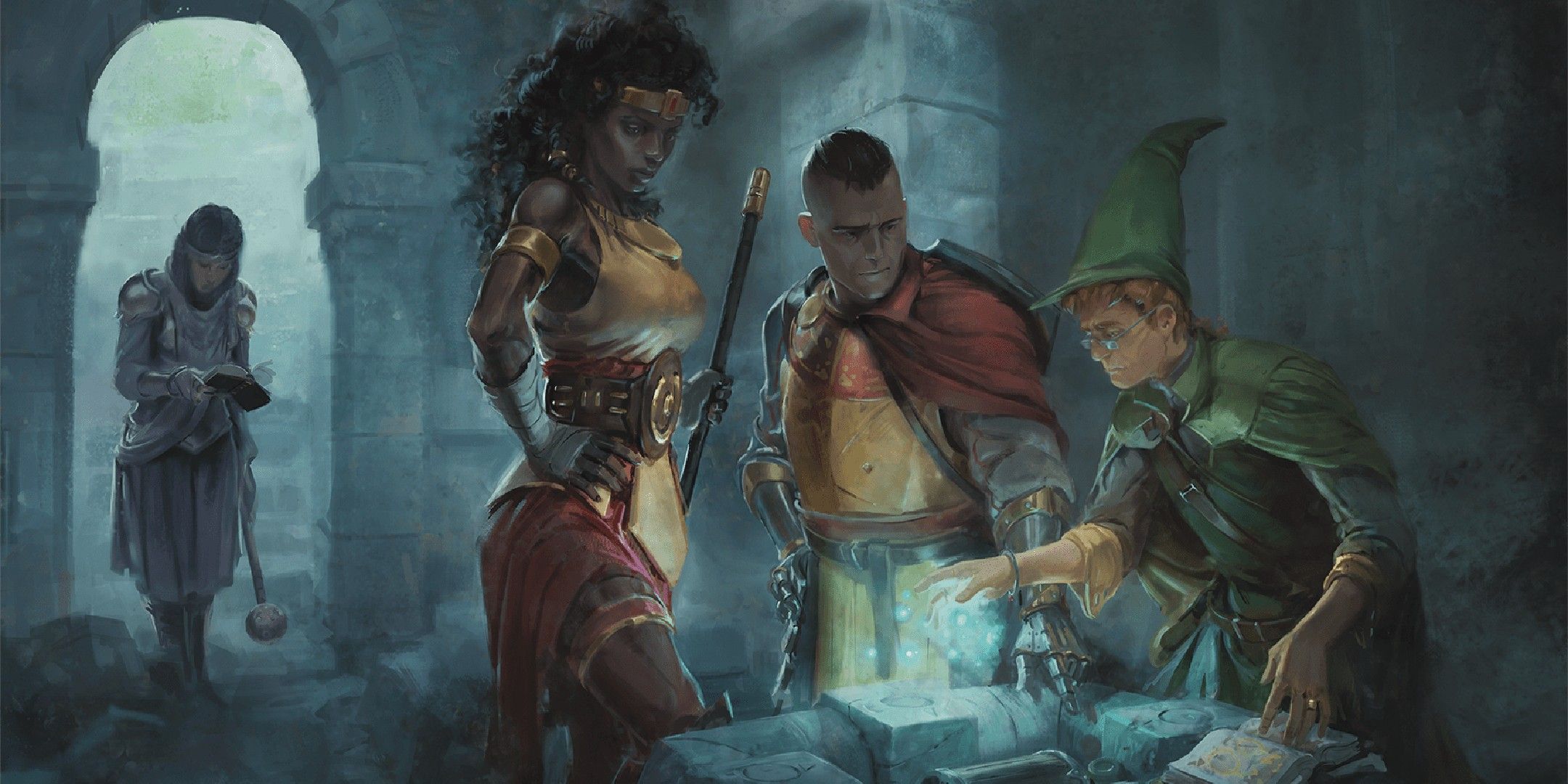
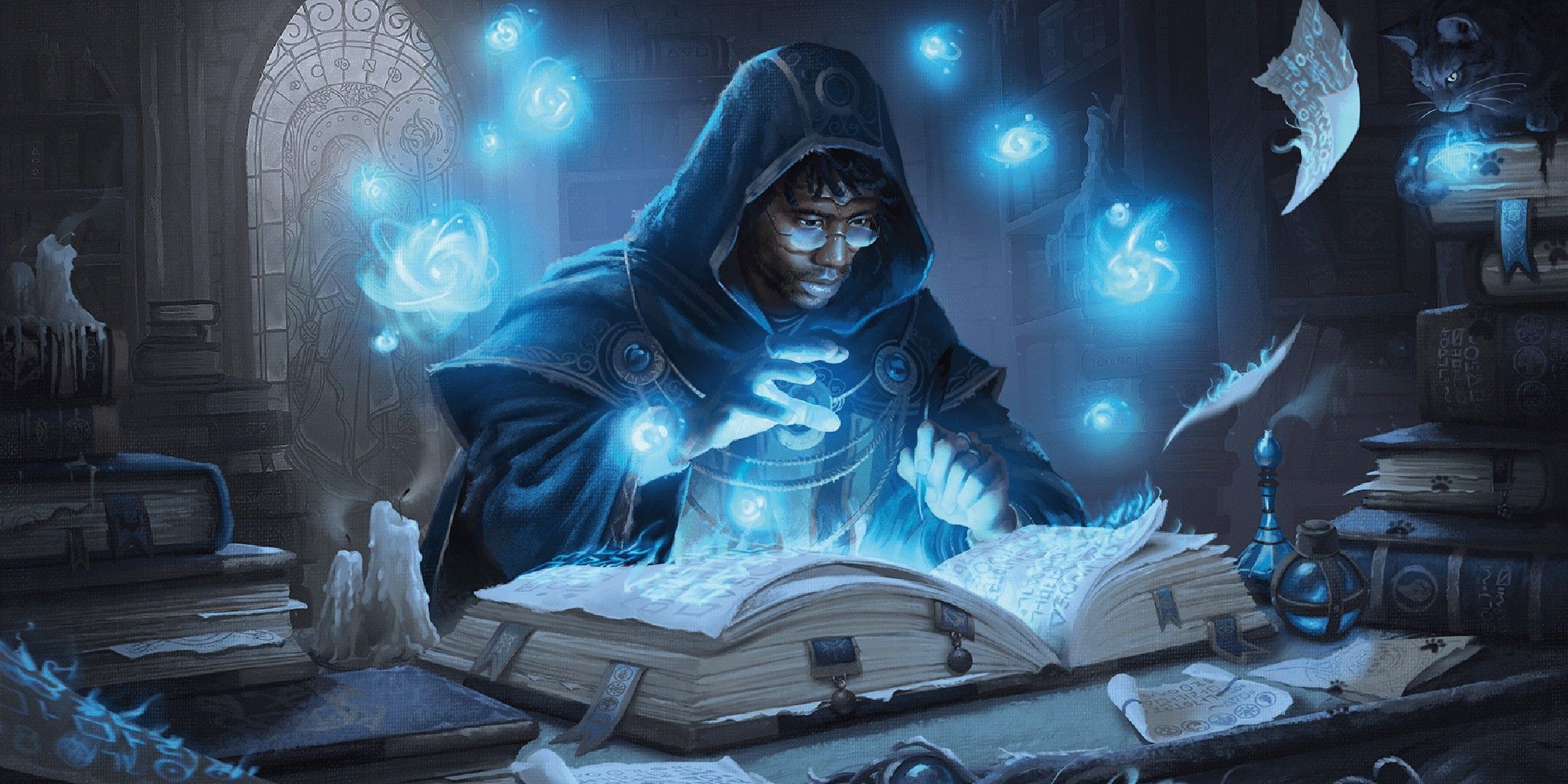
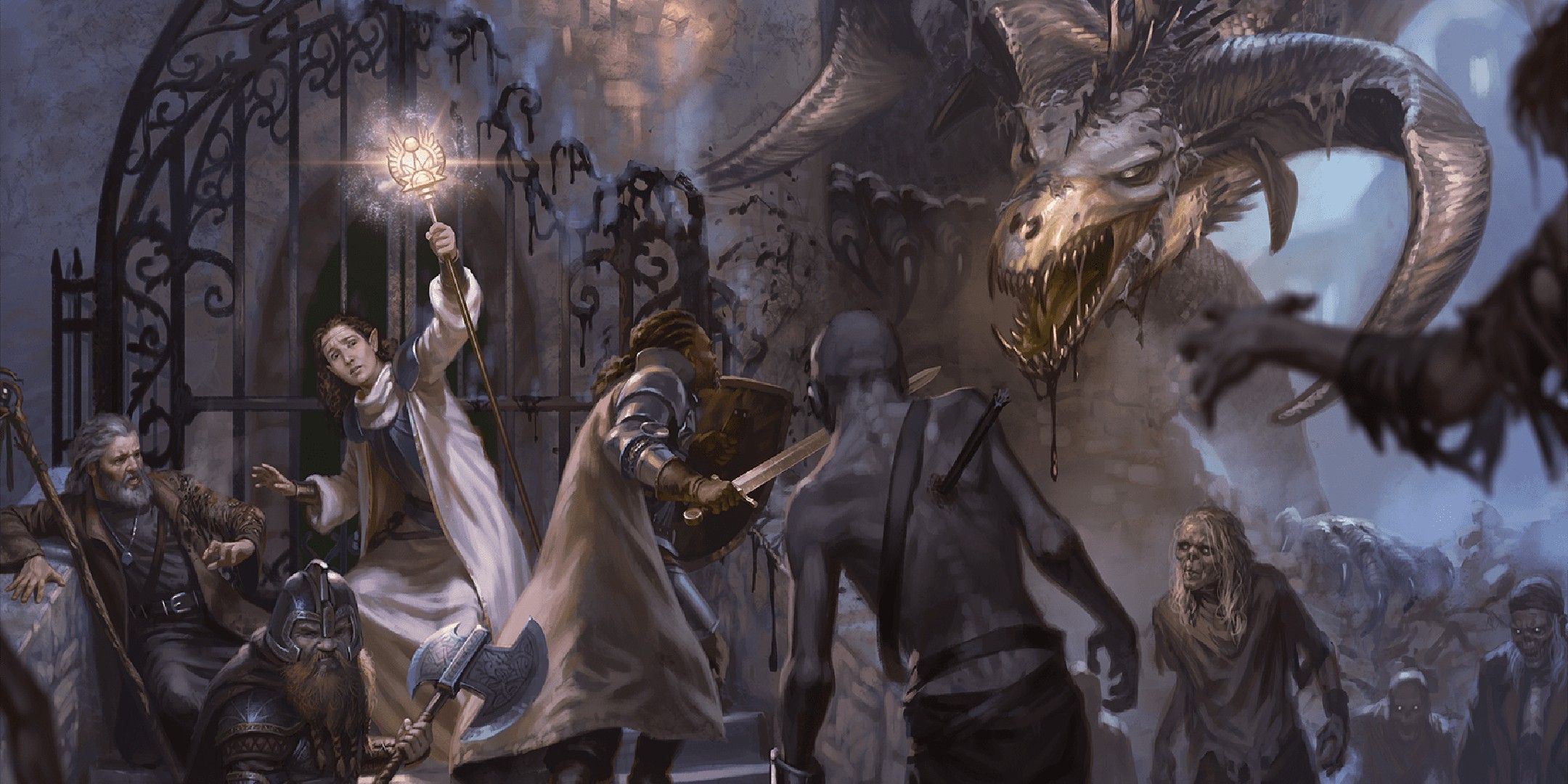

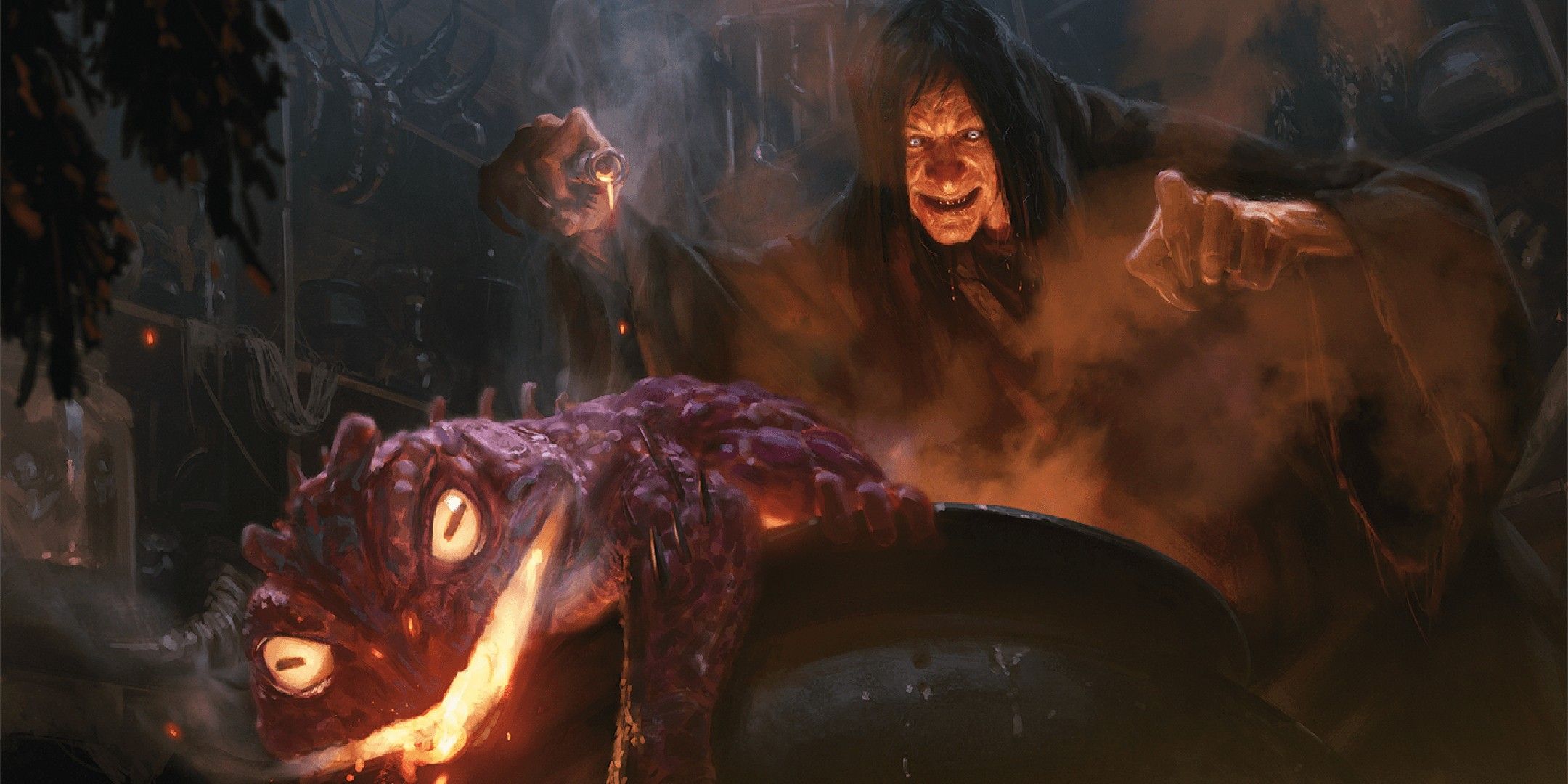
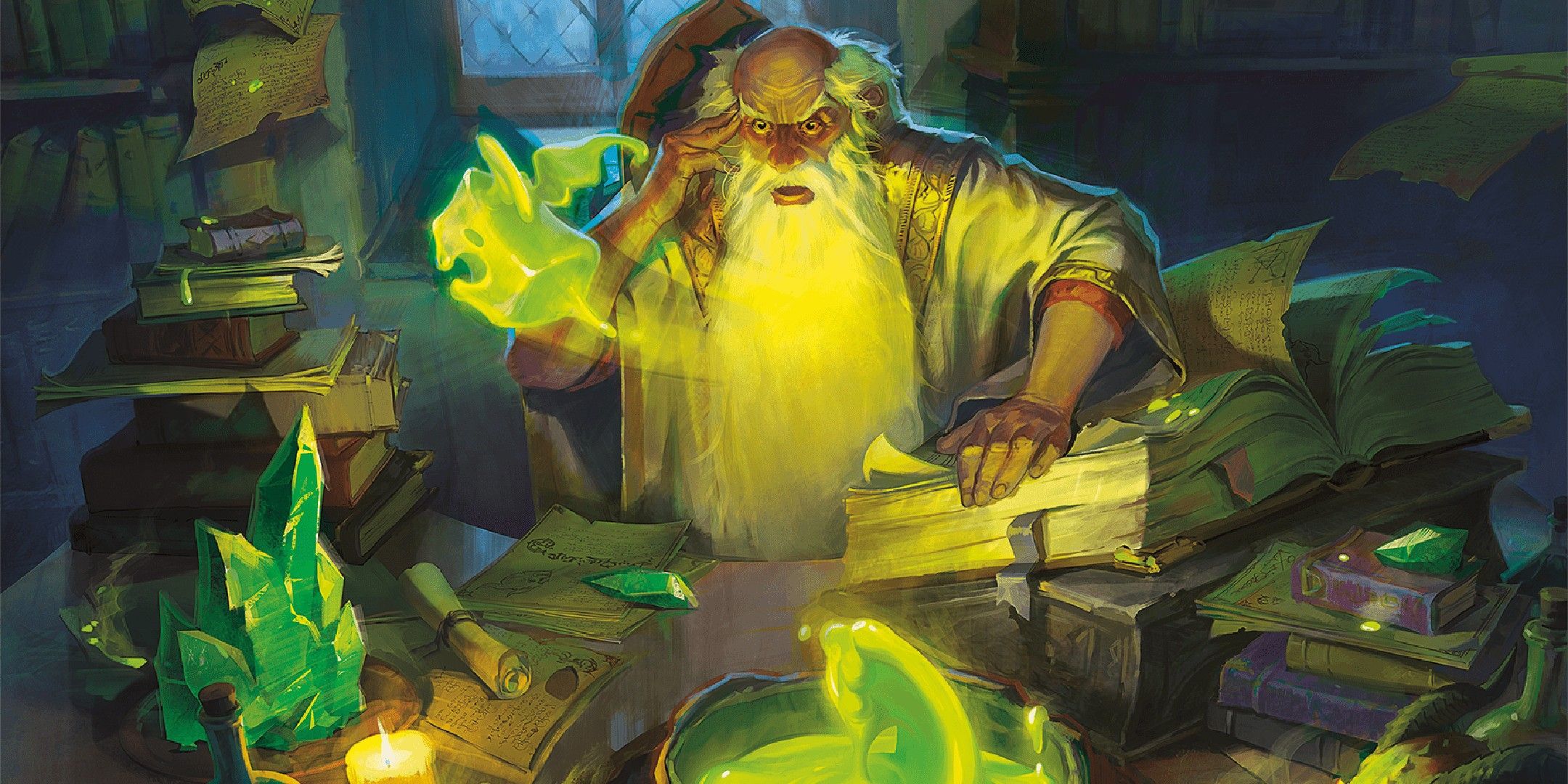
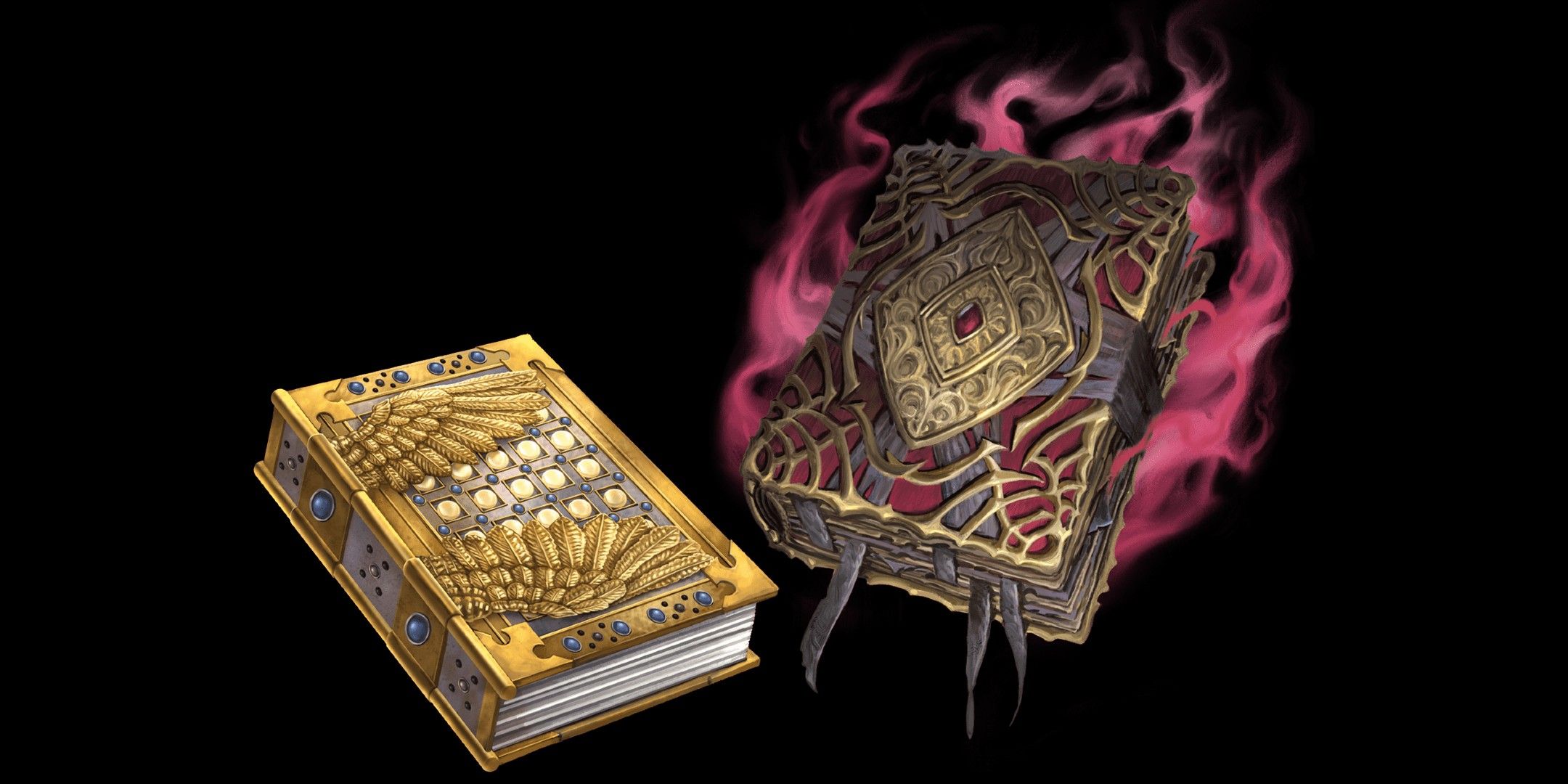



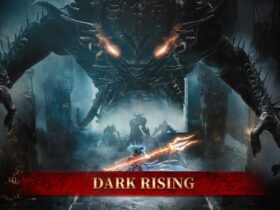


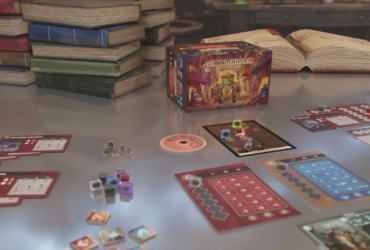
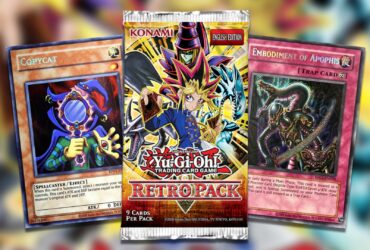


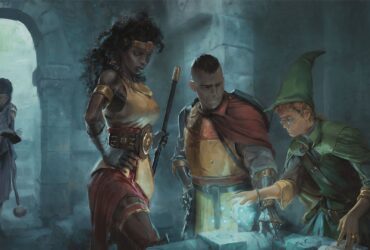
Leave a Reply